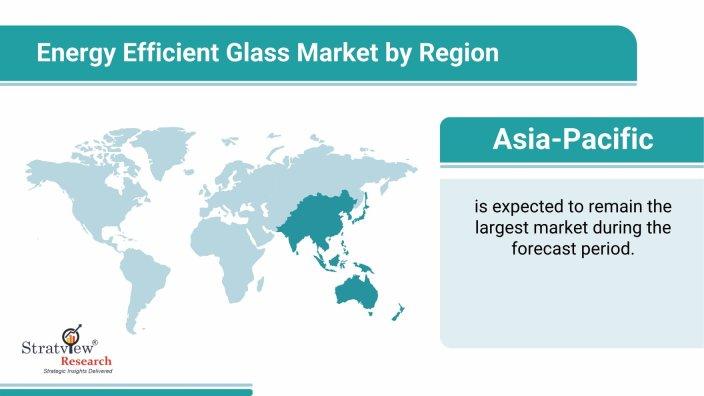Energy Efficient Glass Market, by Coating Type (Hard Coat, Soft Coat), Glazing Type (Triple Glazing, Double Glazing, and Single Glazing), End-Use Industry Type (Building & Construction, Automotive, Solar Panel, and Others), and Region (North America, Europe, Asia-Pacific, and Rest of the World).
Reflecting Progress: Evolution of the Energy Efficient Glass Market
The Energy Efficient Glass market has undergone a remarkable evolution, reflecting advancements in technology, shifting consumer preferences, and growing environmental consciousness. This specialized glass, designed to enhance thermal insulation and reduce energy consumption in buildings and vehicles, has emerged as a cornerstone of sustainable architecture and transportation.
The evolution of the Energy Efficient Glass market is driven by several key factors. Firstly, heightened awareness of climate change and the need to curb greenhouse gas emissions have spurred governments and industries to prioritize energy efficiency measures. This has led to the widespread adoption of Energy Efficient Glass in new construction projects and retrofitting initiatives.
Furthermore, technological innovations have played a pivotal role in shaping the market landscape. From the development of low-emissivity coatings to the introduction of vacuum-insulated glazing, manufacturers have continuously pushed the boundaries of glass technology to improve performance and energy savings.
Moreover, changing consumer preferences and market trends have also influenced the evolution of the Energy Efficient Glass market. With a growing emphasis on sustainable living and green building certifications, demand for energy-efficient building materials, including glass, has surged.
As we reflect on the progress of the Energy Efficient Glass market, it is clear that this sector will continue to evolve, driven by innovation, regulatory support, and the collective commitment to building a more sustainable future.
